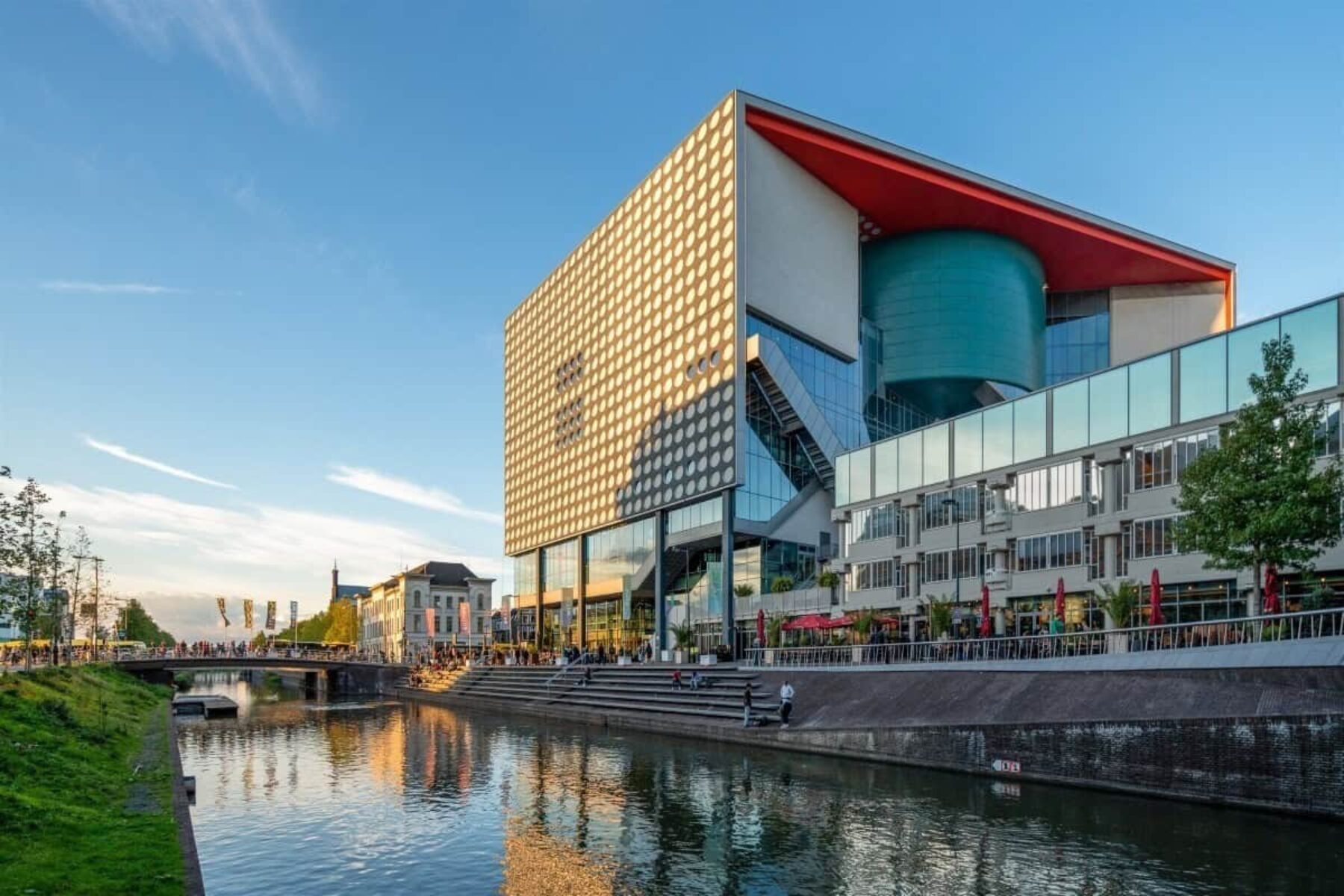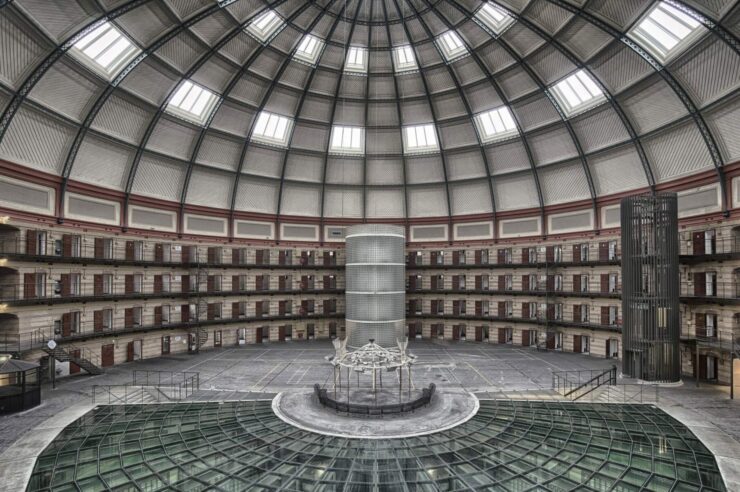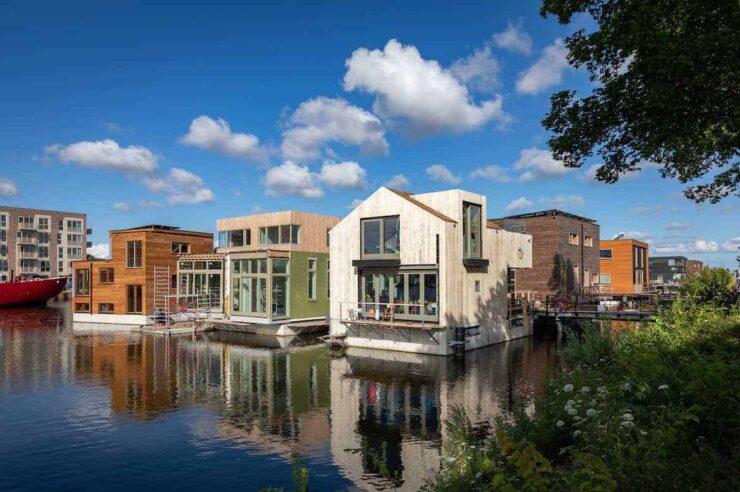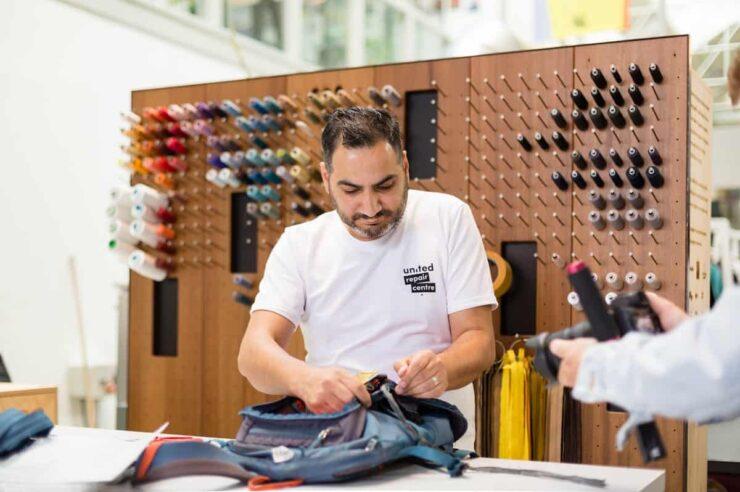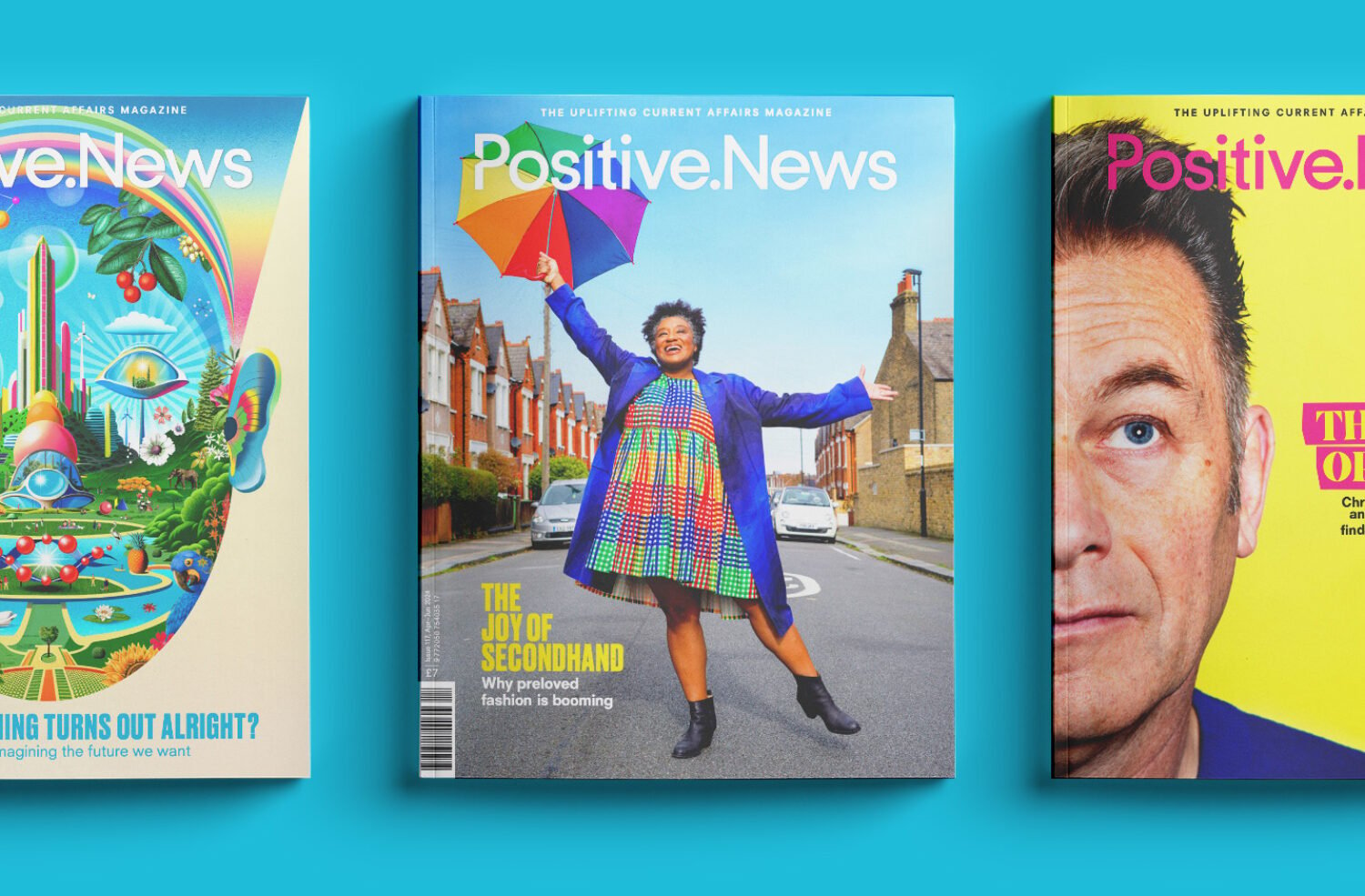What will cities look like a decade from now? Utrecht offers clues as it takes green living to the next level
Ducklings swim in convoy behind their mum along Catharijnesingel canal in Utrecht. It’s the only tailback you’ll see here these days, now the motorway has gone.
I watch them and imagine the tabloid-fuelled frenzy that would ensue in Britain if one of its cities turned a six-lane road into a canal for pleasure boating and nature. Much uproar in Utrecht? “Not really,” Paul Manten, who led the project, tells me, as we stroll along the canal’s flower-strewn banks. “A few people who go everywhere by car didn’t like it.”
Many others saw it as righting a historic wrong. A canal flowed here from as early as 1122, when it was dug as a defence line for the city. It was controversially filled in with concrete in the 1960s, when the world went gung-ho for cars. Cue a referendum in 2002, when residents voted to bring the water back. Though Covid scuppered the long-awaited grand reopening in 2020, it also sparked a renaissance in active travel in other cities – a vindication for Utrecht, which, according to Manten, spent circa €1bn (£860m) restoring Catharijnesingel.
“We were ahead of our time,” he says, as boats pass by, carrying gilet-wearing passengers with glasses of wine in their hands. “Everywhere is trying to do this now, make their cities greener.”
Nowhere, perhaps, is doing it with more grace than Utrecht, a city taking green living to the next level. A short ride from Catharijnesingel, a verdant tower block is taking shape behind the train station. Wonderwoods Vertical Forest is a new office and residential complex that will, when complete, double as a 2.5-acre woodland. I look up at the trees swaying on the balconies above, the flowers draped over balustrades.
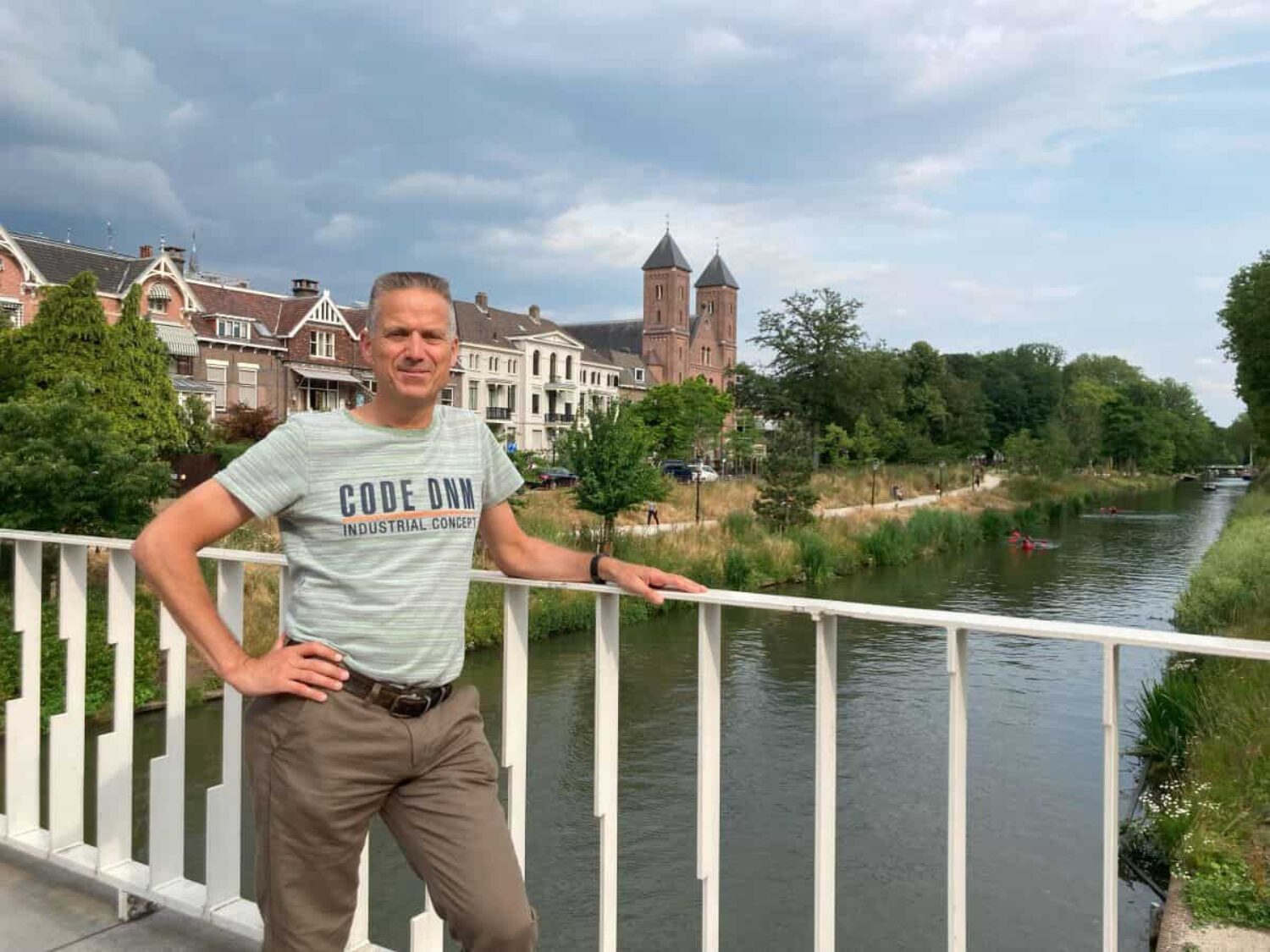
Paul Manten leans on a bridge that previously had a motorway running under it. Image: Gavin Haines
“I feel privileged to work on this,” says project manager, Hedzer Pathuis, who meets me onsite. It’s a Friday afternoon and workers are downing tools as the nearby pub gets busy.
When it’s completed (later this year, apparently), Wonderwoods will heave with 360 trees, 9,000 bushes and 10,000 plants. “There’s plenty of rain in Holland,” says Pathuis, as dark clouds threaten to prove his point. “In the basement there’s a basin that collects it. When it’s dry, we pump it up – hoses go to every plant.”
If that sounds like a lot of upkeep, that’s because it is. Who’s going to do all the pruning? “A company has been contracted for 25 years to maintain the green,” says Pathuis. It’s a service that will cost residents around €60 (£51) a month – equivalent to a bouquet of flowers each week. Not an insignificant sum. And after 25 years? “The residents association will have to decide what to do.”
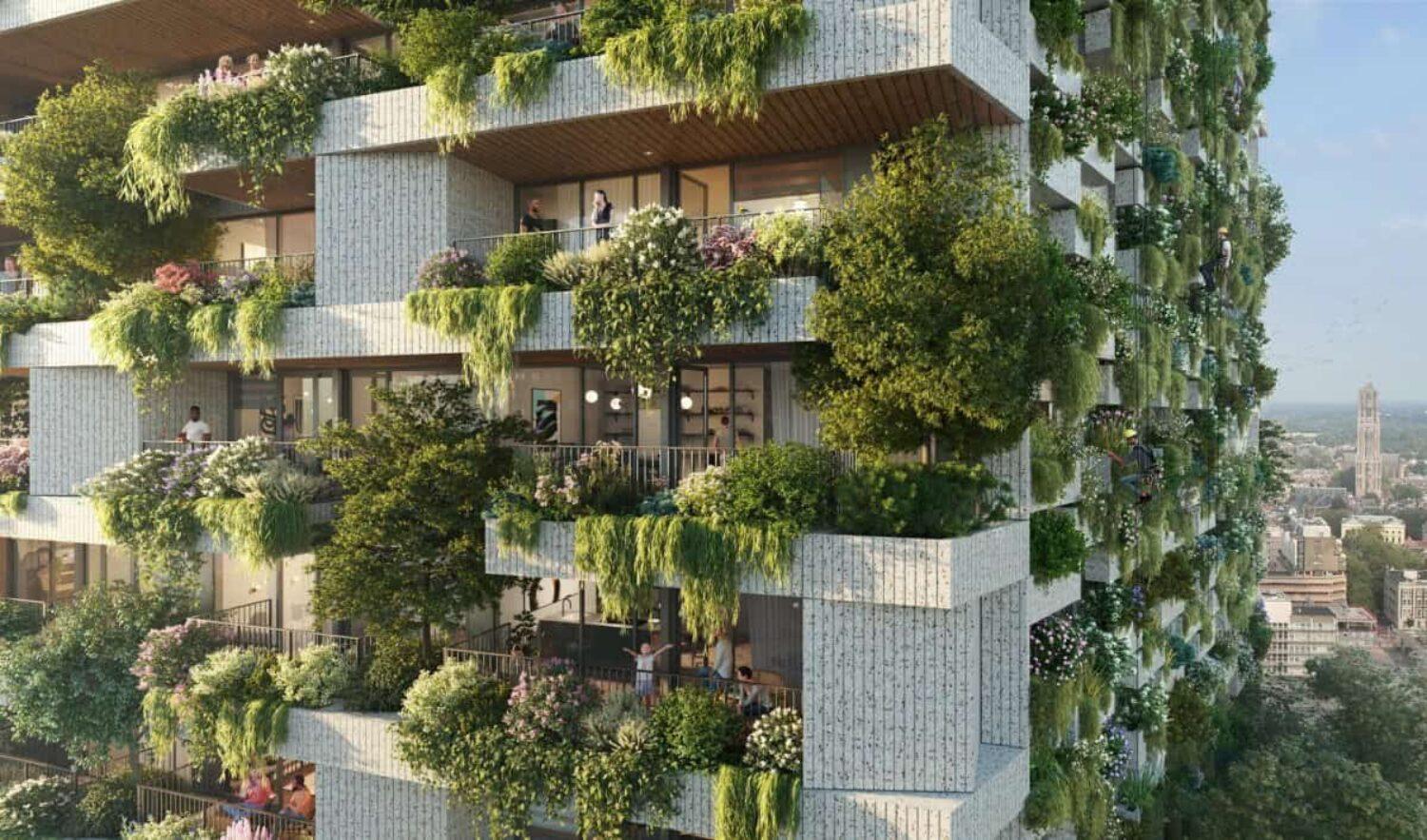
Wonderwoods Vertical Forest takes green living to the next level. Image: Stefano Boeri Architetti
I picture living there. Drinking coffee on a leafy balcony as day breaks over Utrecht. According to Pathius, 60 of the 420 apartments will be “affordable”. “Maximum rent €1,000 (£854) a month for 20 years,” he says, eager to point out that it’s an inclusive development. It’s not just flats. The building will also have a cultural space for events and exhibitions, a winter garden and offices.
So, is this the green future of high-rise living? “It’s a pilot,” cautions Pathuis. Unknowns abound, chiefly: do its eco credentials add up?
Designed by Italy’s Stefano Boeri Architetti, Wonderwoods was commissioned in 2016, when the net zero conversation was in its infancy. “The CO2 discussion was different then to what it is now,” says Pathuis, as another tree is hoisted above us. “The building needs a lot of concrete and steel because the plants are heavy, so from a CO2 point of view I don’t think it scores high. But the green is enhancing health, so it’s a trade-off.”
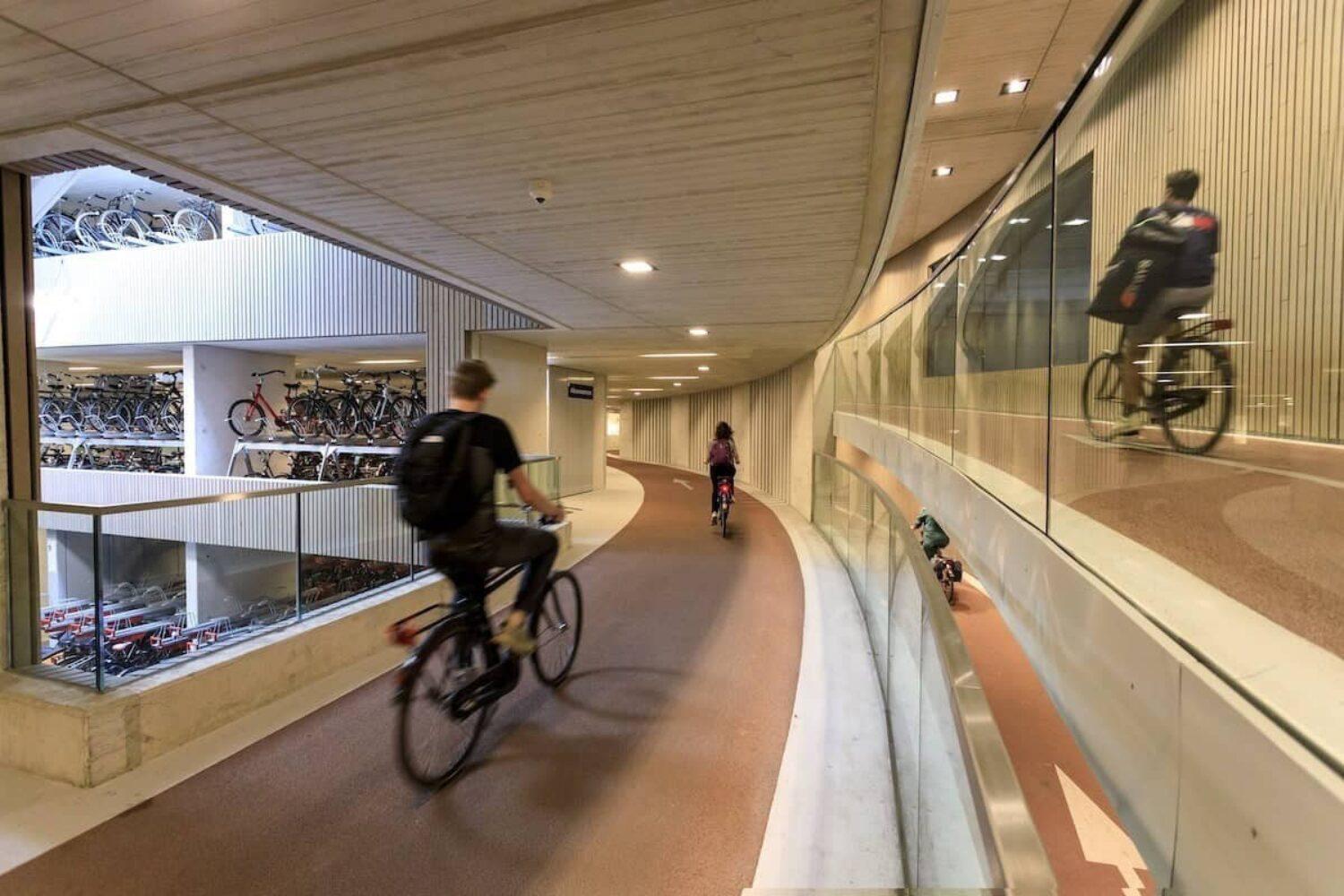
Utrecht’s multistorey bike park is the world’s largest, with space for 12,600 cycles. Image: Jurjen Drenth
Wonderwoods is, if nothing else, an architectural statement, a gauntlet laid down to challenge other architects to design for nature, not just people.
I get back on the bike and ride out to another site offering a less glamorous, but probably more realistic, vision of the future of architecture. I go via the world’s first cycle lane – a reminder that Utrecht has always been a green pioneer – and through the city’s new multistorey bike park, the world’s largest, where commuters unlock rickety old cycles.
When you ride around Utrecht, feeling the breeze on your face, catching snippets of chatter from passing cyclists, you realise that the Dutch are winning at the whole building liveable cities thing. It’s why ‘imagination activist’ Rob Hopkins comes here. Utrecht, he told me in a recent interview, is a city where “the future has already arrived”. Hopkins recorded the sound of the city’s cycle lanes in rush hour for Field Recordings from the Future, a music project to inspire a longing for a cleaner, greener, more human future.
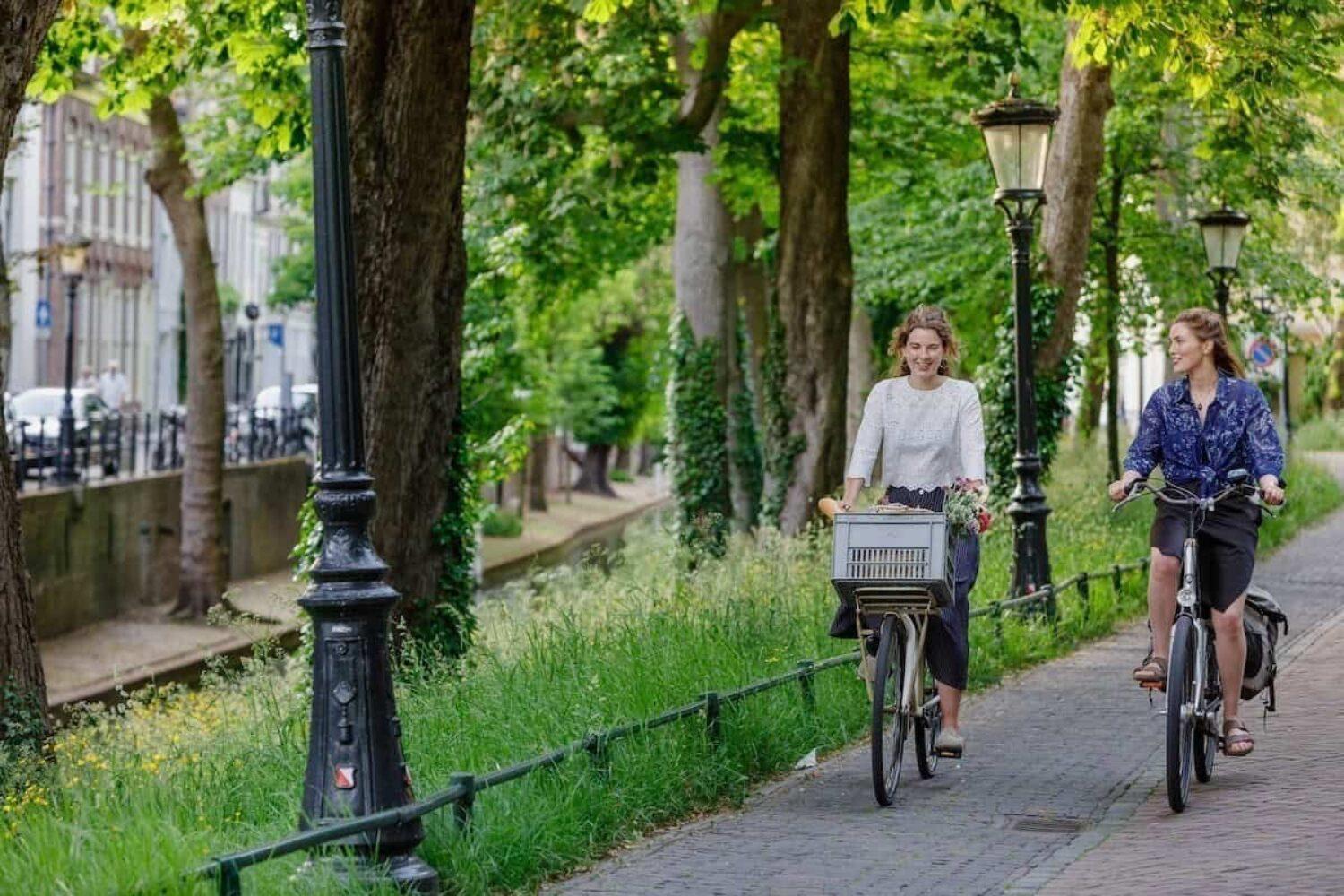
Utrecht’s cycle lanes are the inspiration for a new musical project. Image: Ruben Drenth
It’s a soothing sound that accompanies me to Hof van Cartesius, a ramshackle creative quarter for circular entrepreneurs.
“It’s all built from waste material,” explains Iris Dijkstra, a local guide who shows me around. “It’s fun, isn’t it?” I look around. Kids play on a faded water slide salvaged from a theme park, eyeing up the old boat marooned in the garden. Industrial crates heave with flowers.
“Every building has a story,” says Robin Brink, who runs Warmoes restaurant. “Ours is made partly out of changing rooms from a swimming pool.”

Hof van Cartesius is a ramshackle creative quarter for circular entrepreneurs. Image: Gavin Haines
Record labels, sustainable fashion brands and architects are among the startups based at Hof van Cartesius. There’s a reclamation yard, too, where people can rent a bench and tools for €10 (£8.50) an hour.
“People can use the workshop to adjust their buy,” says Sijmen Houben, showing me around. “It started in Rotterdam, now there’s one here and in Antwerp. It would be good if this caught on everywhere, no?” I’d been having the same thought for most of the day.
Main image: Liset Verberne
Support solutions in 2024
Positive News is helping more people than ever to get a balanced and uplifting view of the world. While doom and gloom dominates other news outlets, our solutions journalism exists to support your wellbeing and empower you to make a difference towards a better future.
But our reporting has a cost and, as an independent, not-for-profit media organisation, we rely on the financial backing of our readers. If you value what we do and can afford to, please get behind our team with a regular or one-off contribution.
Give once from just £1, or join 1,400+ others who contribute an average of £3 or more per month. You’ll be directly funding the production and sharing of our stories – helping our solutions journalism to benefit many more people.
Join our community today, and together, we’ll change the news for good.
